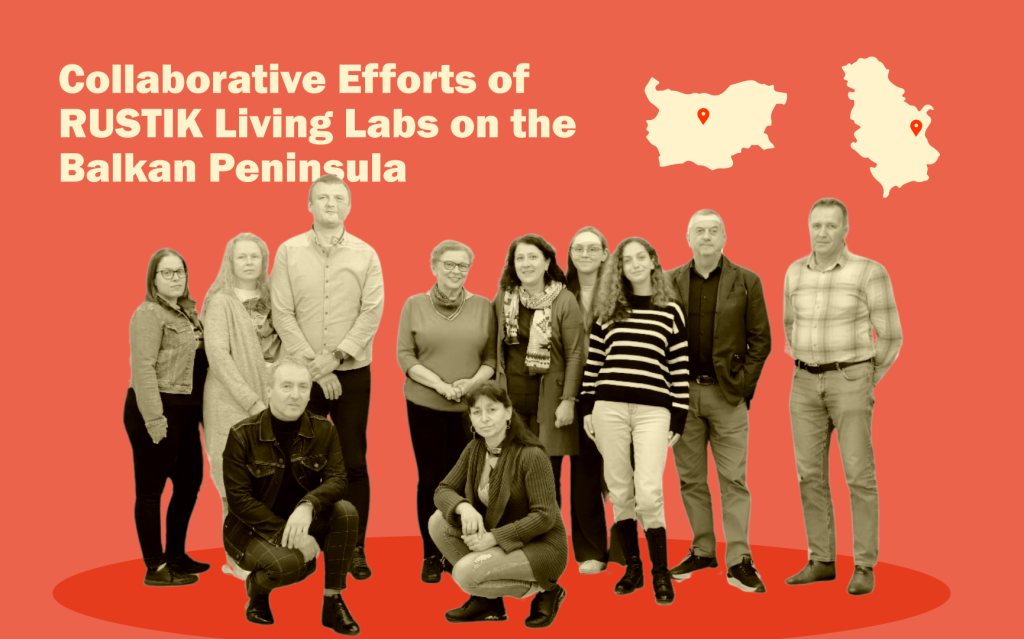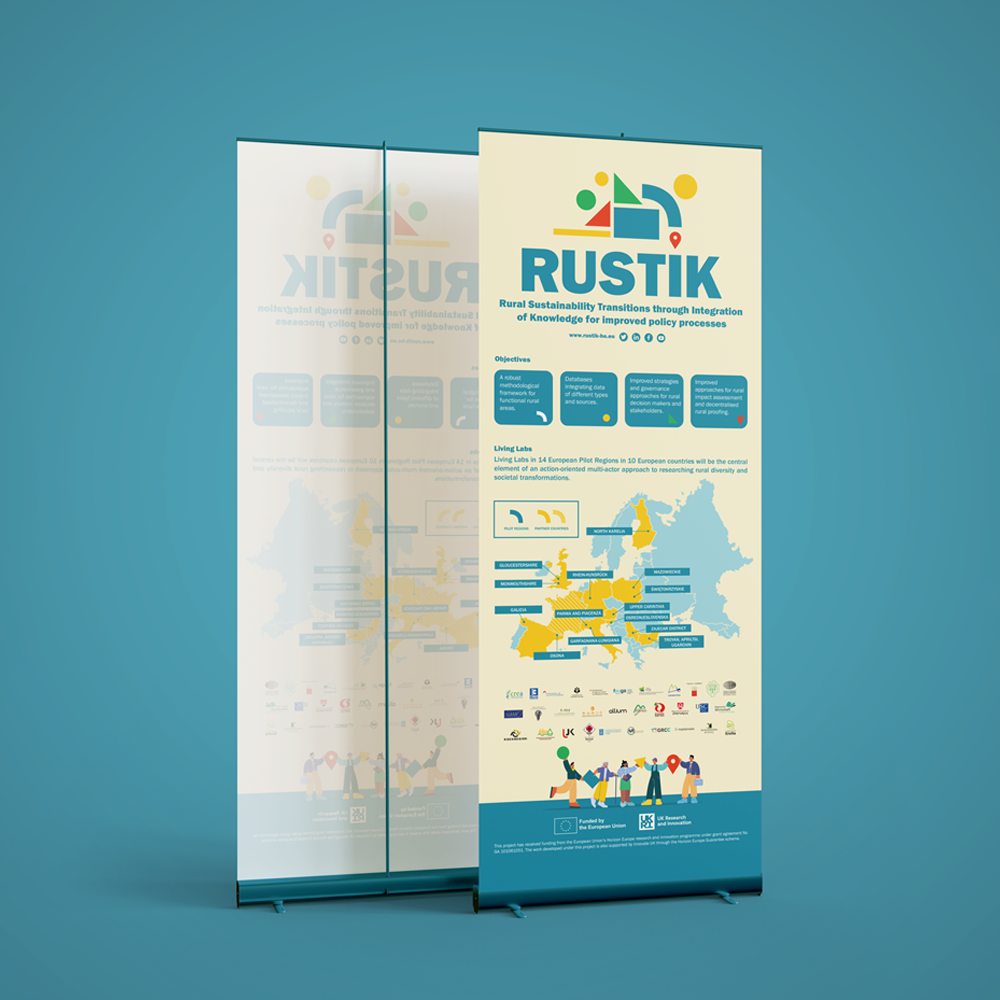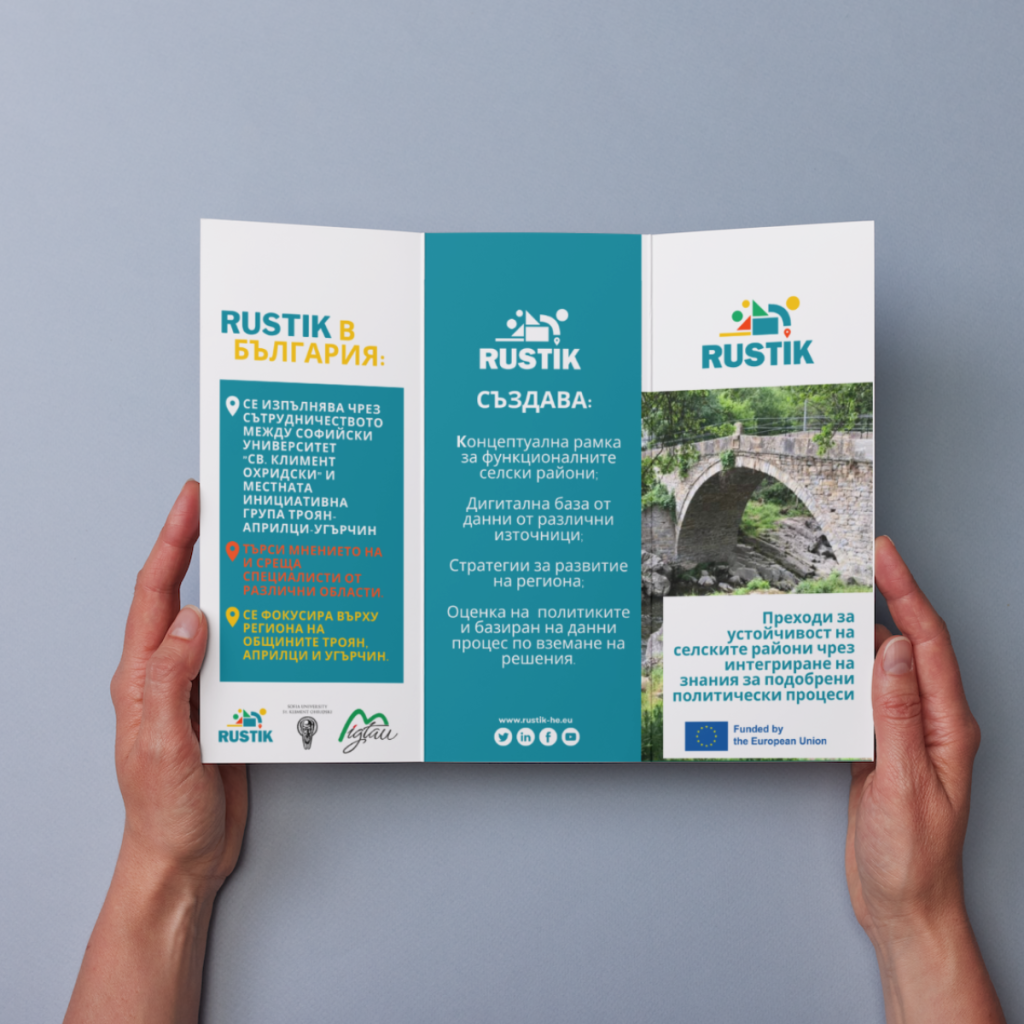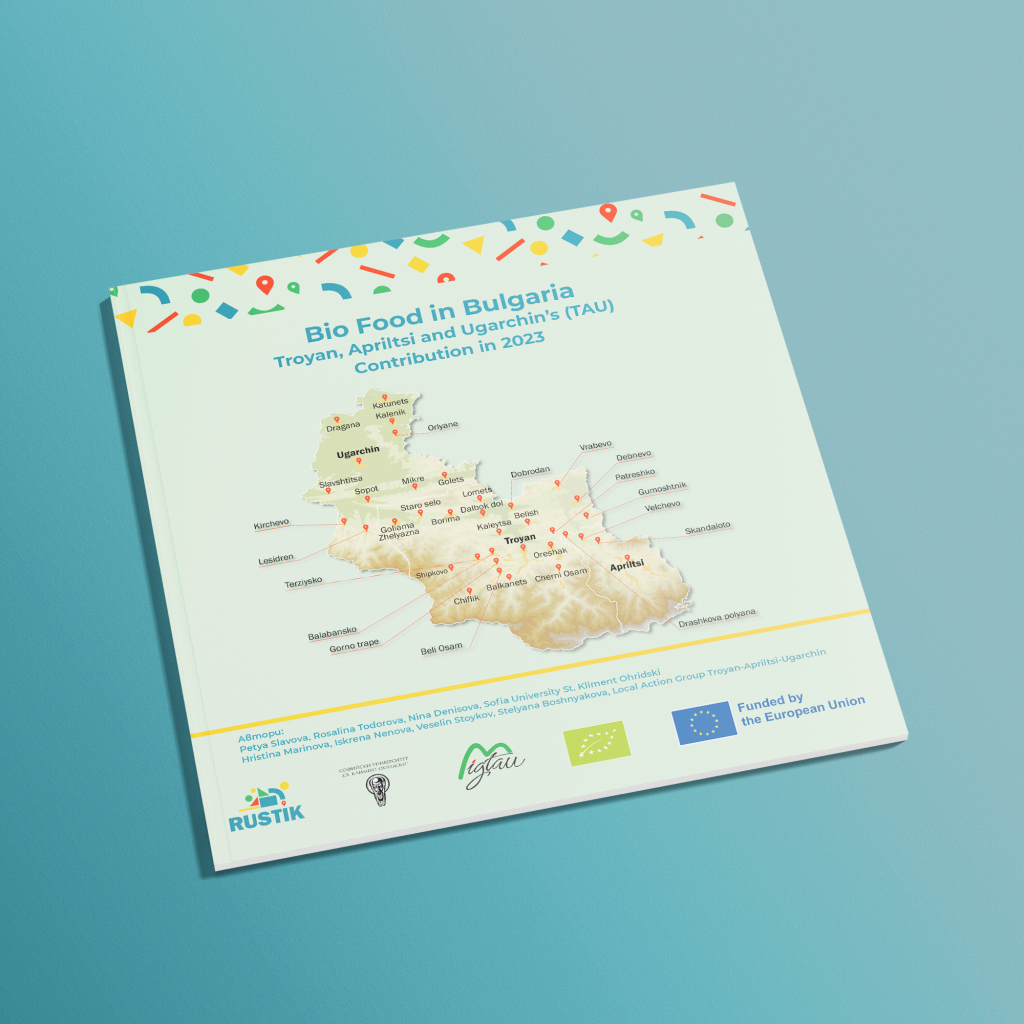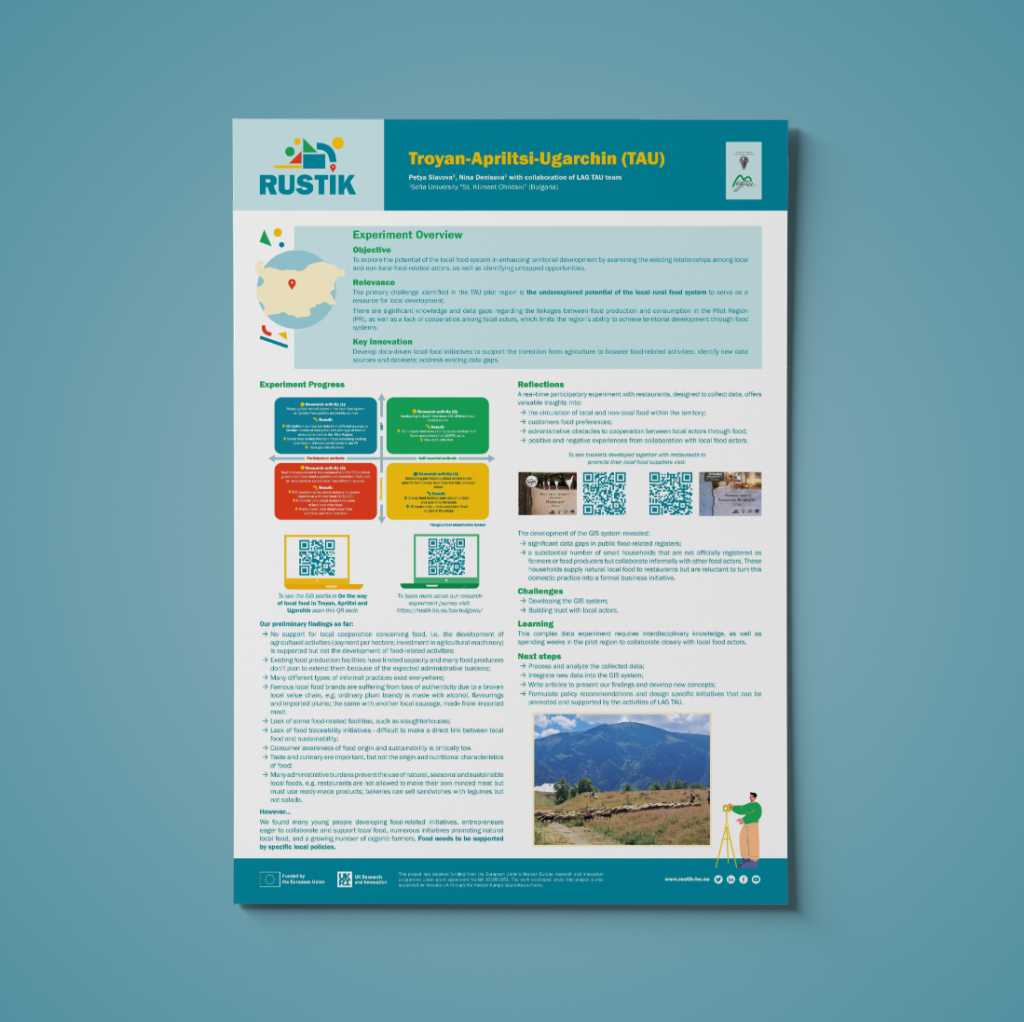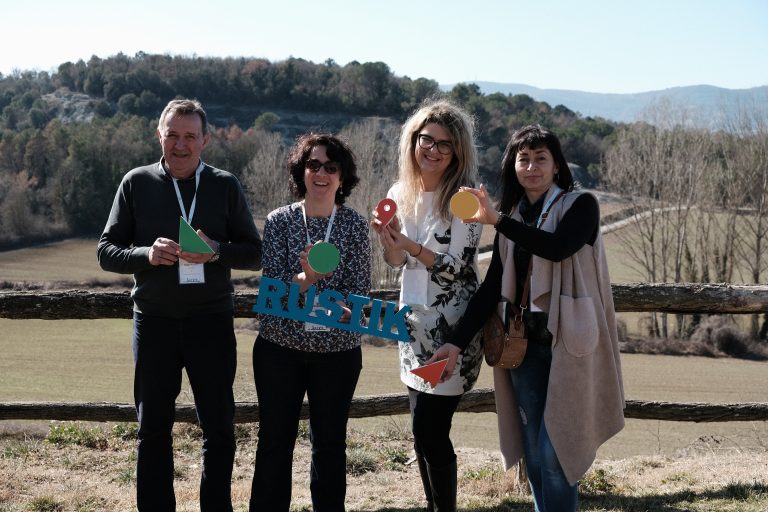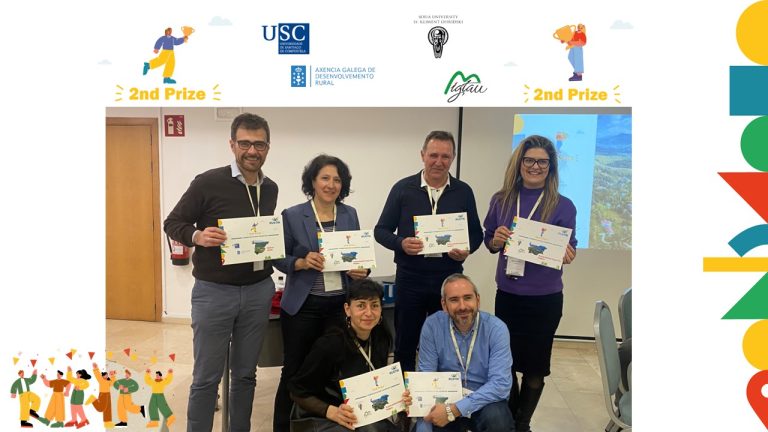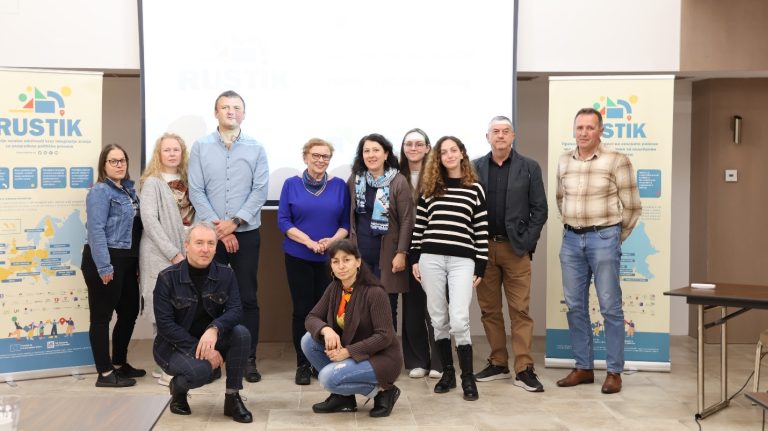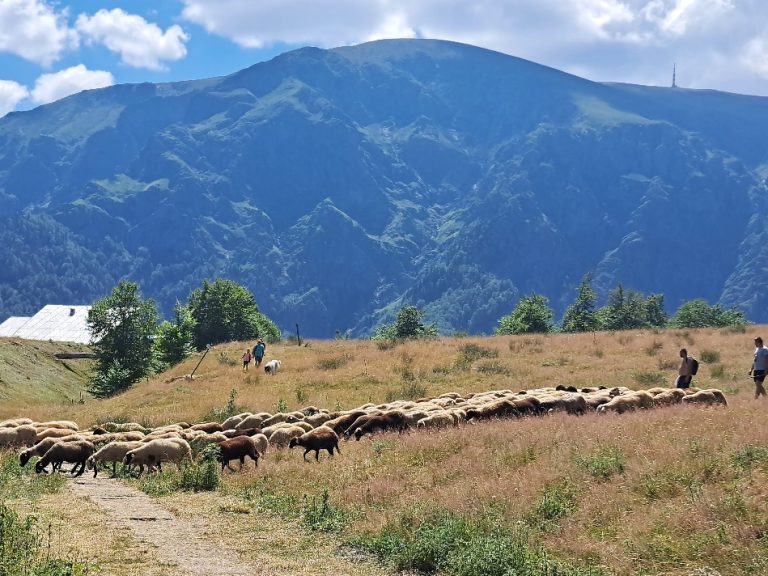Key Facts
The Pilot Region of Troyan-Apriltsi-Ugаrchin (TAU) is situated in Bulgaria, in the “heart of the Balkan“, e.g. in the mid-northern side of the longest mountain crossing the Balkan Peninsula. The TAU region covers the territories of three neighbouring municipalities – Troyan, Apriltsi and Ugarchin with a total area of 1650.2 km² and 33717 inhabitants. TAU is located about 150 km northeast of the capital Sofia and the main route linking the capital with the Black Sea crosses its territory. Legally all three municipalities are classified as a rural area (except the territory of the town of Troyan) and each one had only one settlement with the status of a town and an administrative centre – a municipality. The three municipalities face a common challenge – depopulation.
- Troyan is the largest municipality in the territory (888.84 km² and 25589 inhabitants), where 72% of the population live in the eponymous town. Troyan was declared a town about 150 years ago because of the development of the craft industry. Its industrialisation began at the beginning of XX century and strongly developed during the communist regime. During the post-communist transition, Troyan only partially de-industrialised, and has since being in the process of reindustrialisation linked to the expansion of global value chains (pharmaceuticals, textile, international transportation, wood processing and furniture). Service sector is mainly related to transportation and administrative services, tourism and gambling. In the recent years the area has attracted companies form the ICT sector and there is almost no unemployment. In the last 20 years (2000-2020) the municipality has lost 25% of its population. The area of Troyan is rich in natural and cultural heritage. The largest biosphere reserve in Bulgaria, protected by UNESCO, falls on the territory of the municipality of Troyan. SPA and recreational tourism also flourishes with more than 20 registered mineral water springs. Traditional local food (dairy and meat products, fruits and berries, brandy, herbs) is appreciated for its quality and authenticity. So are its crafts (ceramics, metal, leather) which are currently well preserved in around 250 workshops.
- Apriltsi is the second municipality in the Pilot Region territory (238.26 km², 2741 inhabitants). The main settlement bearing the same name as the municipality was declared a town by the Communist regime in the mid-1970s as a measure for population retention. Located at the foot of the highest peak of the Balkan mountain, Apriltsi is mainly sustained by tourism, a few industrial SMEs and livestock farming. Over the last 20 years, Apriltsi has lost over 30% of its population. 90 % of the population currently lives in the town, thus villages on the territory are almost depopulated. Apriltsi offers good social services for the elderly and is making efforts to preserve its intangible cultural heritage (dance and singing groups), and pastoralism in High Nature Value territories.
- Ugarchin is the third municipality in the area and its greatest asset is the land (523.1 km²) and forestry stock. In the last 20 years the municipality has lost 45% of its population (5387 inhabitants). Ugarchin has developed mainly through agricultural, forestry and wood-processing activities and like Apriltsi was also transformed from village into town by the Communist regime. Unlike Troyan and Apriltsi, the population of Ugarchin is ethnically segregated, as many Romа people live in the territory. Ugarchin is the only one of the three municipalities where fewer people live in the town (42%) than in the surrounding villages.



